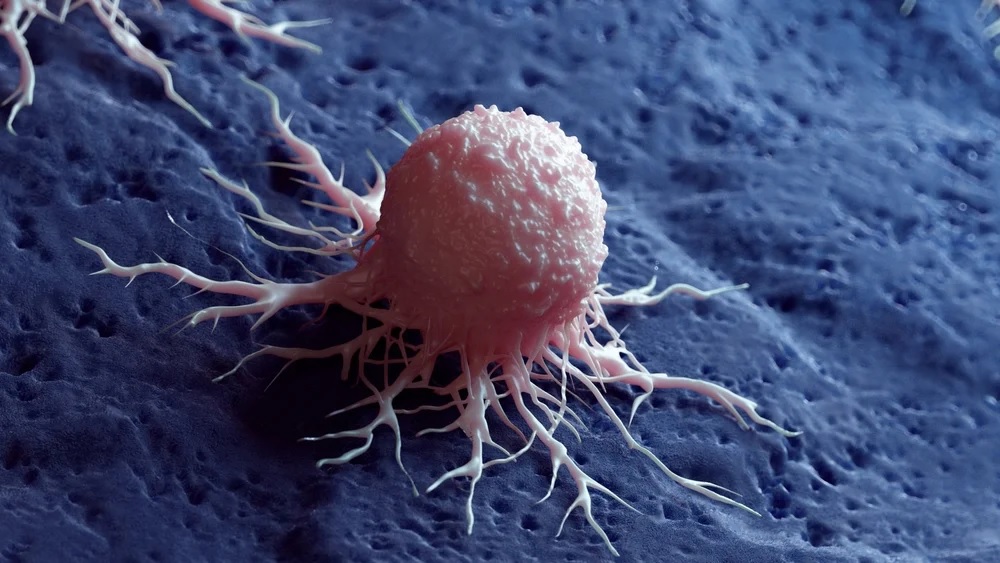Aerospace Antimicrobial Coating Market (2024-2035): A Comprehensive Analysis
Explore the latest trends, market growth, and innovations in the Aerospace Antimicrobial Coating Market. Learn about key players, applications, and future forecasts shaping the industry.

Market Overview
The global Aerospace Antimicrobial Coating Market is valued at USD 38.8 Million in 2024 and is projected to reach a value of USD 80.85 Million by 2035 at a CAGR (Compound Annual Growth Rate) of 6.95% between 2025 and 2035.The aerospace antimicrobial coating market is experiencing rapid growth, driven by increasing concerns over hygiene and safety in air travel. These coatings are applied to aircraft interiors and exteriors to prevent microbial growth, thereby enhancing passenger safety and prolonging material lifespan. The demand for such coatings has surged post-pandemic, as airlines and aircraft manufacturers prioritize antimicrobial solutions to ensure a clean cabin environment.
Our comprehensive Aerospace Antimicrobial Coating Market report ready with the latest trends, growth opportunities, and strategic analysis- View Sample Report PDF
Product Types:
- Silver-Based Coatings – Leveraging the antimicrobial properties of silver nanoparticles, these coatings are widely used due to their durability and effectiveness.
- Copper-Based Coatings – Known for their rapid antimicrobial action, copper-based coatings are frequently applied to high-touch areas.
- Titanium Dioxide Coatings – Utilizing photocatalytic properties, these coatings break down microbes when exposed to light, offering a self-cleaning mechanism.
- Polymer-Based Coatings – These coatings integrate antimicrobial agents into synthetic polymers, ensuring long-lasting protection.
Primary Uses:
- Interior surfaces (tray tables, seatbelts, lavatories)
- High-touch points (door handles, armrests, touch screens)
- Exterior surfaces to maintain hygiene standards
Key Market Trends
- Technological Advancements: Nanotechnology has revolutionized antimicrobial coatings, enhancing efficacy and longevity. Self-cleaning coatings that integrate titanium dioxide are gaining traction.
- Sustainability Initiatives: The push for eco-friendly coatings is growing, with manufacturers developing biodegradable and non-toxic formulations.
- Consumer Behavior: Passengers are more health-conscious, prompting airlines to invest in antimicrobial solutions to enhance travel safety and comfort.
- Regulatory Compliance: Stricter aviation safety regulations have accelerated the adoption of antimicrobial coatings in commercial and private aircraft.
Competitive Landscape
Leading players in the market include:
- BASF (Germany)
- PPG (US)
- Sherwin Williams (US)
- AkzoNobel (Netherlands)
- Mankiewicz (Germany)
- Henkel (Germany)
- MAPAERO (France)
- Hentzen (US)
- Permagard (France)
- Hexion (US)
- Dunmore (US)
Product or Service Analysis
Aerospace antimicrobial coatings are classified into:
- Liquid Coatings: Applied through spray techniques, offering uniform protection.
- Powder Coatings: Environmentally friendly with superior durability.
- Nanocoatings: Advanced coatings using nanoparticles for enhanced antimicrobial effects.
Market Segmentation
By Aviation
- Air Supply & Management System
- Thermal Management & Control System
- Cabin Pressure & Control System
- Sanitary Facilities and Kitchen
- Cabin Seats & Interior
By Space
- Air Purification & Oxygen Systems
- Cabin Pressure & Control System
- Sanitary Facilities & Purification Systems
- Others
By Fit
- OEM
- Aftermarket
By Material
- Silver
- Copper
- Others
By Region
- North America
- Europe
- Asia Pacific
- Middle East & Africa
- Latin America
By Platform
- Aviation
- Space
Take Action Now: Secure your Aerospace Antimicrobial Coating today – Purchase Now
Pricing Trends
- Historical Trends: Prices have fluctuated based on raw material costs and demand.
- Current Pricing: Premium pricing for advanced coatings with nanotechnology.
- Future Projections: Price stabilization expected with increased production and competition.
Innovations and Developments
- Smart Coatings: Integration of AI-driven self-cleaning surfaces.
- Enhanced Durability: Longer-lasting coatings reducing maintenance costs.
- Regulatory Approvals: New certifications enhancing market trust.
Sustainability and Environmental Impact
- Biodegradable Coatings: Reducing environmental footprint.
- VOC-Free Solutions: Compliance with green aviation initiatives.
- Recyclable Materials: Supporting circular economy efforts.
Case Studies and Data
- Case Study 1: Leading airline adopting antimicrobial coatings, reducing microbial contamination by 90%.
- Case Study 2: Defense aircraft implementing self-cleaning coatings for enhanced durability.
- Market Data: Growth projections indicate a CAGR of 7.5% from 2024 to 2035.
For Aerospace Antimicrobial Coating Report and updates detailed: View Full Report Now!
Conclusion and Future Outlook
The aerospace antimicrobial coating market is poised for significant expansion, driven by technological advancements, regulatory compliance, and increasing consumer demand for safer air travel. Companies investing in research and development, sustainability, and strategic partnerships will gain a competitive edge in this evolving market.
The future of the aerospace antimicrobial coating market looks promising, with innovations in nanotechnology, smart coatings, and sustainable solutions shaping the industry. With airlines prioritizing hygiene and safety, the demand for antimicrobial coatings is expected to rise steadily over the next decade.













![Dialysis Market Size, Share, Trends | Growth Analysis [2035]](https://www.marketbusinessinsights.com/uploads/images/202502/image_140x98_67b34ae16c42c.webp)





